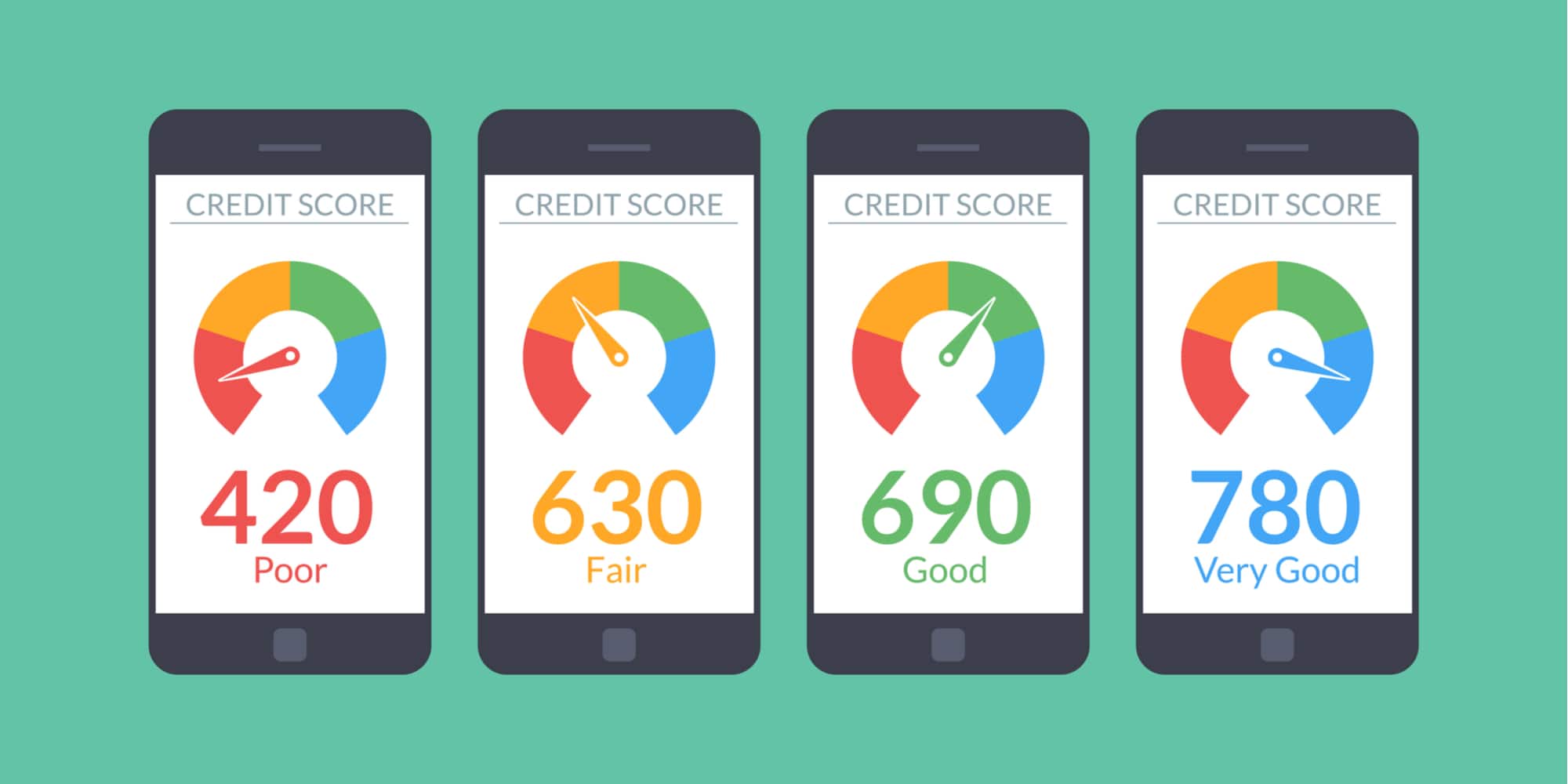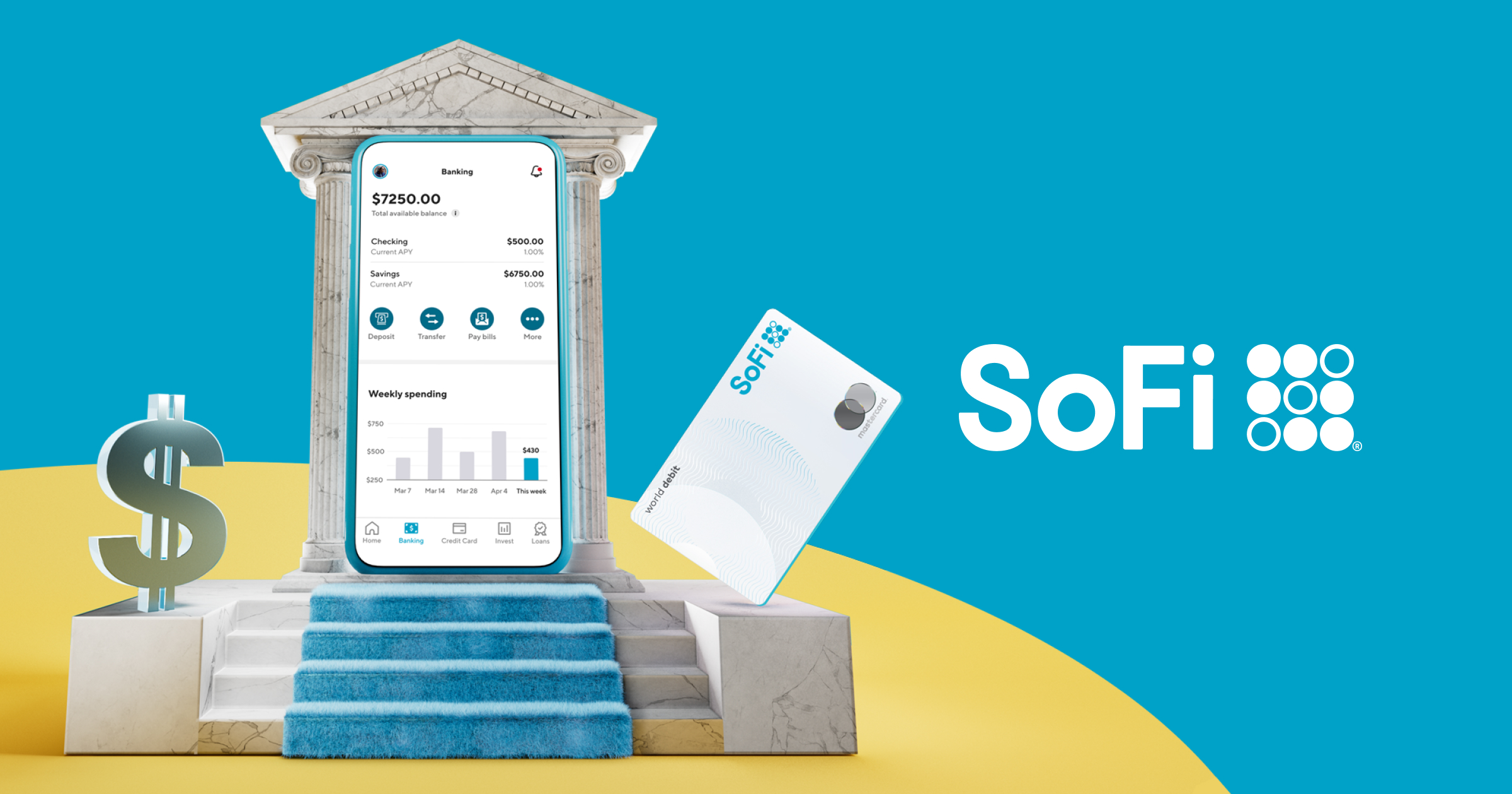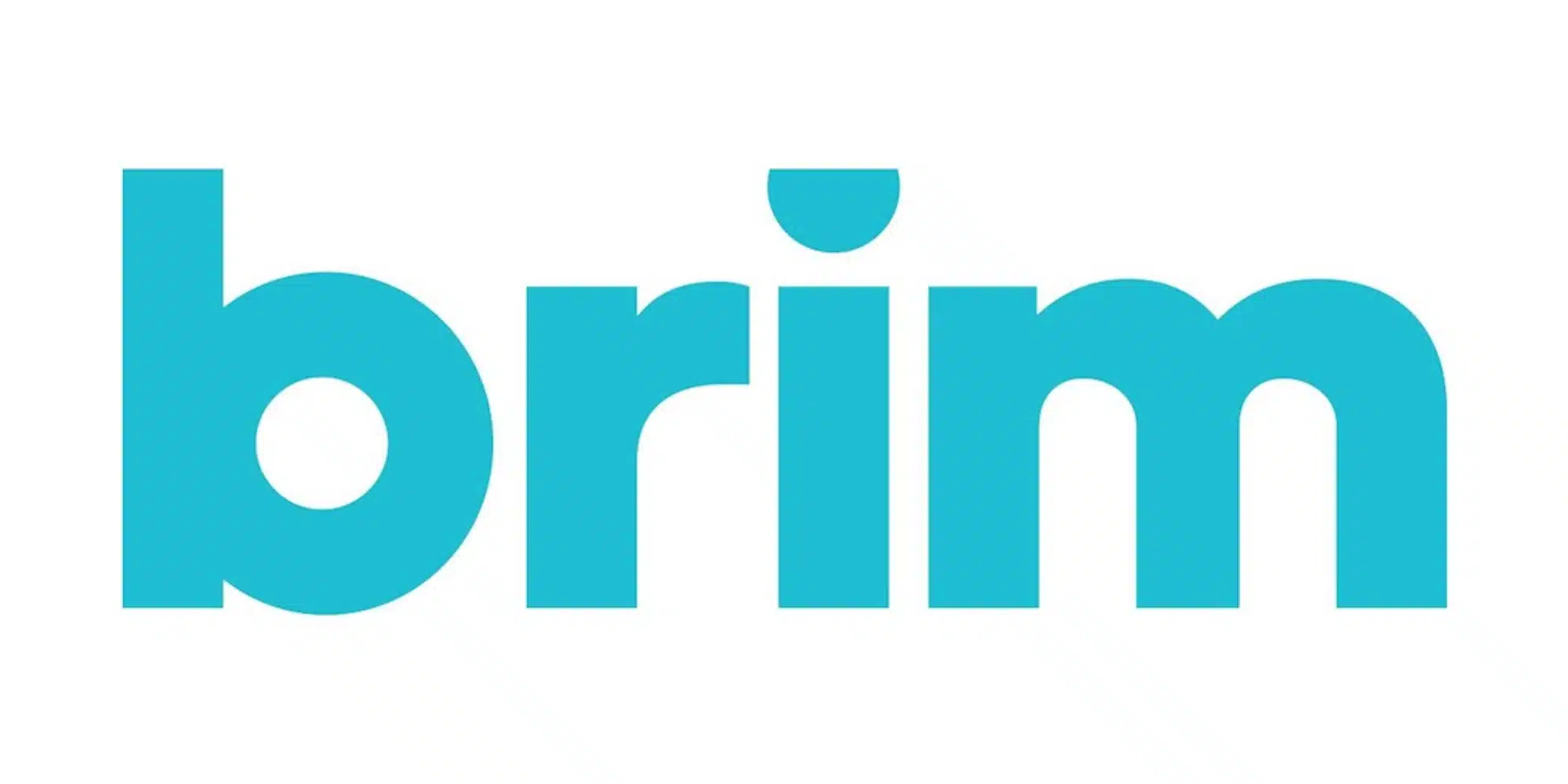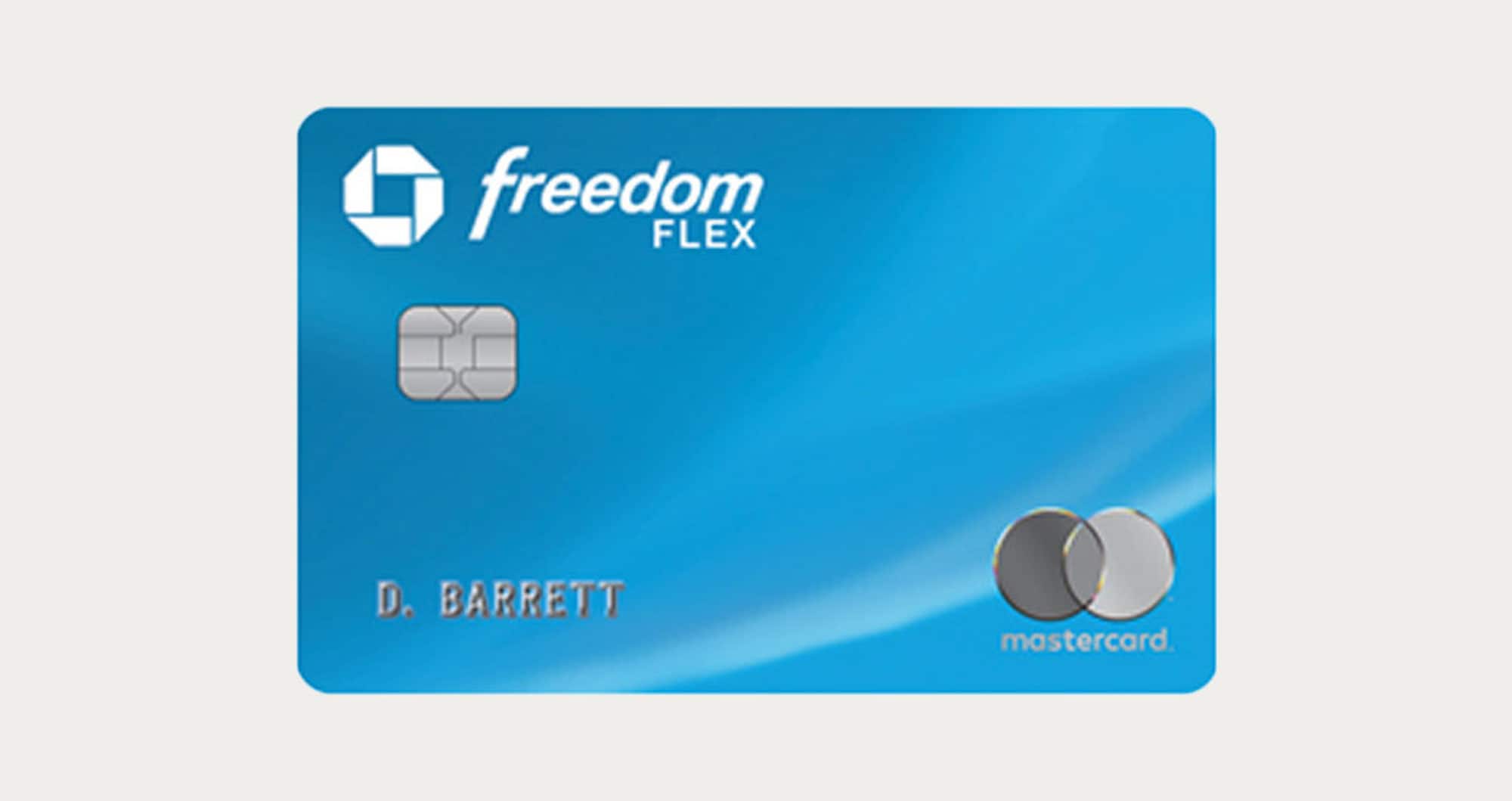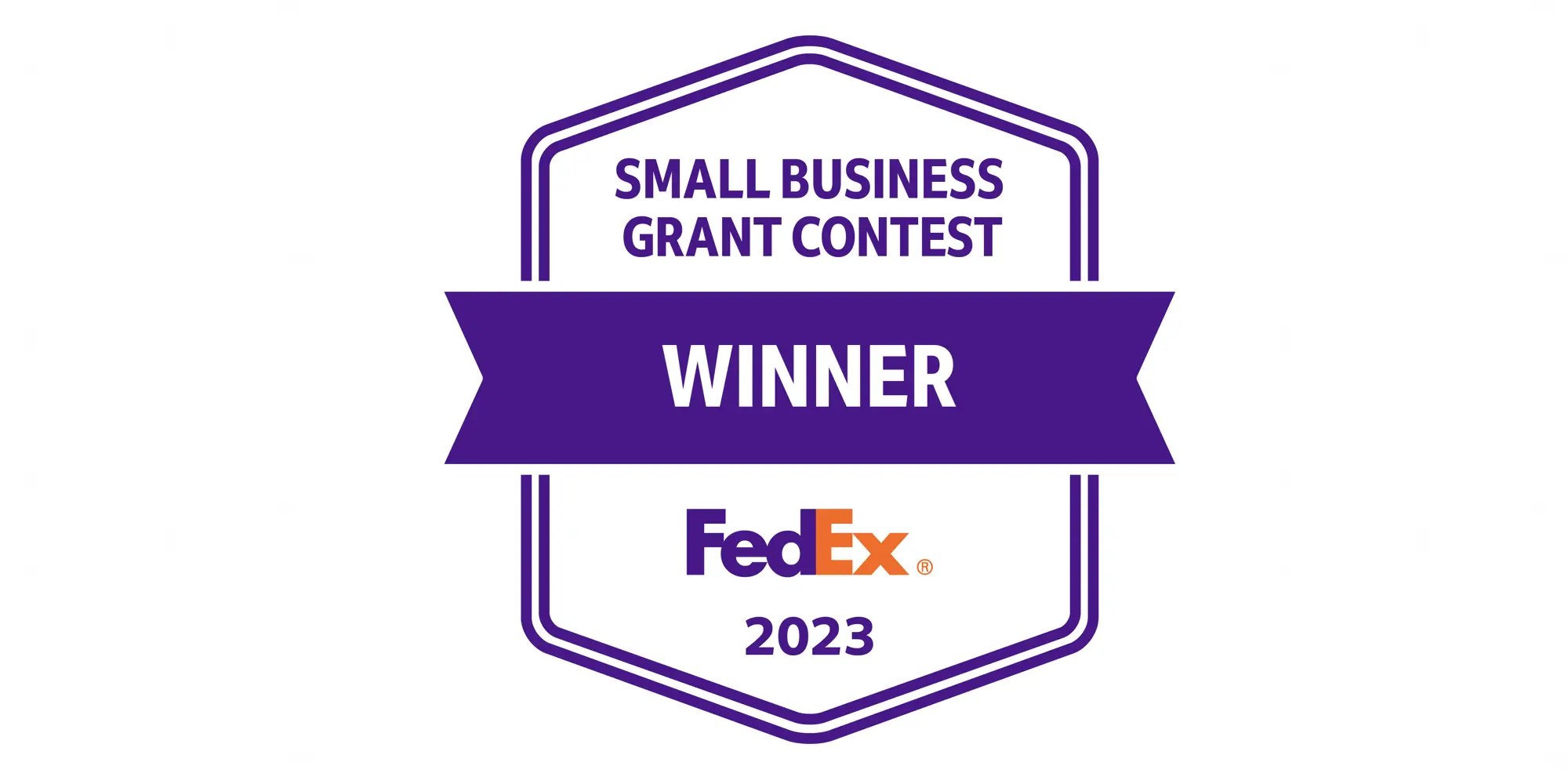
Credit Card Reviews
Does the Apple Card Belong In Your Wallet? (2023 Review)

In 2019, Apple announced what many had suspected: it was releasing its own credit card. While Goldman Sachs would be the ones actually issuing the product, the card would combine the user-friendly tech and stylish aesthetic that the company’s many raving fans have grown accustomed to. Then the Apple Card arrived — and so, naturally, I had to get one for myself.
I’ll admit that my interest in Apple Card came more from wanting to review it than feeling I actually needed to add it to my mix of rewards credit cards. Thus, I wanted to share my thoughts when I initially got it.
Now that I’ve had it for more than three years, I wanted to update my review with my latest thoughts. So is the Apple Card worth it? Let’s take a look at what you need to know, including some more recent updates.
What is Apple Card and How Does it Work?
The benefits of Apple Card
Apple Card is a rewards credit card that offers some genuinely useful perks while waiving some common fees. Perhaps the card’s biggest pitch is its cashback structure, which allows cardholders to earn 3% back on Apple products, 2% on any purchases they make using Apple Pay, and 1% back on everything else. Plus, since its launch, Apple Card has added brands to that top category (although it’s been a while since the last addition.)
Purchases from the following brands currently earn 3% Daily Cash back with the Apple Card:
- Uber/Uber Eats
- Walgreens/Duane Reade
- Exxon/Mobil
- Nike
- Panera
- T-Mobile
- Ace
On that note, while the T-Mobile benefit was previously only available in-store, more recently, it was extended to include Auto-Pay bills that use Apple Pay — which has been great for me as a T-Mobile customer.
In terms of fees, there’s no annual fee, over-limit fees, late fees, foreign transaction fees, etc. Meanwhile Apple describes the APRs as “competitive,” although some experts have said they aren’t that great (I intend on never incurring interest, so it’s all the same to me).
Additional highlights of the Apple card include a simple and seamless application process, a unique iPhone-based dashboard, a fancy titanium physical card, Daily Cash cashback, and more.
Apple Card financing
Another feature of the Apple Card is the ability to easily finance Apple purchases using your card. This financing comes with 0% interest and you’ll be able to see your monthly payment amount before completing your purchase. However, the number of months you’ll have to pay off your purchase will vary by item:
- iPhones: 24 months
- Macs: 12 months
- iPad: 12 months
- Apple Watch: 24 months
- AirPods: 6 months
- Apple TV 4K: 6 months
- Displays: 12 months
- Accessories (Apple Pencil, iPad keyboard, MagSafe charger, etc): 12 months
These monthly payments will be added to your Apple Card balance, making it easy to pay. If you want, you can also make extra payments or completely pay off your purchase if you want. To manage your financed items, when viewing your Apple Card in Wallet, you can tap the three-dot icon in the upper right corner and select “Monthly Installments.”
By the way, in case you were wondering, the 3% Daily Cash you earn from buying your device will also be awarded to you upfront at the time you finance your purchase. You can learn more about that particular program (including all eligible products) here. On top of that, you can read about my experience buying an iPhone with the program.

Application process
Prior to actually applying for the Apple Card, I knew I’d need to unfreeze at least one of my credit reports. Thankfully, after looking online, I learned that Goldman Sachs (the card’s issuer) typically pulls from TransUnion. Sure enough, I unfroze my TransUnion report and was able to apply mere moments later.
As for the application process itself, this is one area where Apple Card stands out. First, since the company already has a lot of my information thanks to my Apple ID, most of the fields were auto-filled. In fact I believe the only additional information I needed to type in was the last four digits of my social.
After that, you’ll need to submit a photo I.D. to verify your identity. This is also an easy process as you can simply hold your license up, fit it within the rectangle that will appear on your screen, and it will automatically capture the image.
Once you’ve confirmed your info and submitted your I.D., you’ll (hopefully) be taken to a screen that will detail the credit limit and APR you’ve been approved for. From there you can either accept or decline the card.
Speaking of decline, a friend of mine who was denied the card said he was impressed with how forthcoming Apple and Goldman were when explaining why his application was not accepted (high balances on other cards). If you accept, your new Apple Card will be added to your Wallet and ready to use immediately.

Using in Wallet
As I mentioned, your Apple Card will be ready to use within seconds of your acceptance. Just like your other Apple Pay cards, Apple Card will display in Wallet waiting to be chosen. However tapping the card will present you with a different experience than with other cards you may have set up.
For one thing, you may notice that your Apple Card changes colors (no, you’re not imagining it). While the card starts off solid white, your purchases will add color to it. Moreover the categories of these purchases will inform the color blend that is displayed.
For example, general shopping transactions will add an orange aura to your card, while transportation purchases will add a blue hue. Then, once you’ve paid off your balance, you go back to plain white as you’ve cleared your colorful slate.
Regardless of what color your card is showing, tapping it will allow you to access your Apple Card dashboard. This is where you’ll not only be able to view transactions but also make payments, see the category breakdown of your spending, track the shipping status of your physical card, and more. Of course, once you select the card, you can also use it wherever Apple Card is accepted.
Shopping online
Since Apple Pay isn’t yet accepted on every website and the physical Apple Card bears no credit card number to refer to, shopping online with your card requires a different course of action. In order to obtain your card number for online purchases, you’ll first go to your card dashboard in Wallet and then tap the button in the upper left corner. Then you’ll tap “Card Information” and use Touch ID or Face ID to access it.
Once you’ve verified your identity, you’ll be able to view everything you’ll need to enter for your transaction including the card number, expiration date, and security code. What’s more, you can request a new card number whenever you like by simply tapping the aptly labeled “Request a New Card Number” button.

Linking a bank account
Before you can make a payment on your Apple Card balance, you’ll need to link a bank account. Luckily this is also a super simple process — especially if you already have an Apple Cash card. Having signed up for Apple Cash when it first debuted, the Wallet app merely asked if I wanted to use the same bank account I had already linked there. Thus, this could not have been an easier process.
Earning cashback
With Apple Card, you’ll earn Daily Cash on your purchases. This cashback will be added to your Apple Cash balance, allowing you to spend it in stores, send it to friends, or apply it to your payment. As we’ll discuss below, Daily Cash seems to arrive in your account within a day or two of the purchase being made. You’ll also get push notifications with updates on when your cashback is available.

Making payments
Not only is it easy to make a payment on your Apple Card but the card’s dashboard will even push you to do it early. Tapping the “Pay Early” button will bring up a ring representing your current balance. You’ll notice that, near the bottom right side of this ring, there’s a purple dot. This mark indicates one-third of your balance, with Apple suggesting you get ahead by paying that amount. But, by swiping your finger and moving the star button, you can select exactly how much you’d like to pay. Alternatively, there’s a “Show Keypad” option so that you can just type your preferred payment amount.
From there, you can either make your payment immediately or schedule it for a later date. When selecting “Pay Now,” an Apple Pay interface will pop up, allowing you to select your bank account and select whether or not to apply your Apple Cash balance to your payment. Then, just use Touch ID or Face ID to complete your transaction.
By the way, one interesting aspect of Apple Card is that the billing cycle is the same for each user. Instead of ending sometime during the month and payments being due a few weeks later, Apple’s statement cycles close on the last day of the month with payments due on the last day of the following month. For example, although I was approved for my card near the end of August, my statement closed on August 31st with payment due on September 30th.
My Experience Using Apple Card
Where Apple Card fits in my wallet
Before I eventually decided to apply for the Apple Card, my big question was where it would fit in my credit card mix and if it would have actual benefits aside from the novelty.
Well it turns out there are at least a few places where the Apple Card bests my other options. The obvious one is with Apple purchases, which earn 3% back. Although I don’t have any large computer or phone purchases in the near future, this has been a great perk in the past.
The 2% Apple Pay category has also proven more useful than I would have originally assumed. Since obtaining the card, I’ve used it at places like Target or services such as Lyft to double the cashback I’d earn if I were to use either my Discover It or one of my other cards.
Surely there are other retailers that will fall into this same gap in my credit card reward structure — plus, with Apple Pay continuing to expand — the list will likely grow with time. Basically, rather than getting a flat 2% card like the Wells Fargo Active Cash or Citi Double Cash card, I just use the Apple Card to fill my 2% base (almost) everywhere.
No foreign transaction fees
Another area where Apple Card has come in handy is overseas. While I now have several cards that come without foreign transaction fees, there has been an opportunity to increase the cashback I’m earning by using Apple Pay.
If my experiences in Hong Kong, Toronto, and France are any indications, contactless payment technology in other parts of the world is way ahead of us, meaning Apple Pay is accepted nearly everywhere. Thus I’m glad that the Apple Card combines extra perks for these types of transactions with no international payment fees so I can get the most out of my on-the-road spending.

Daily Cash
Among the biggest differences between a traditional credit card and Apple Card is Daily Cash. While most cards add to your cashback balance when your monthly billing cycle is completed or even require you to reach a certain threshold before cashing out your rewards, Apple Card allows you to access your earnings much faster. However, while Daily Cash is quick, it’s not immediate. Instead the purchases will first need to clear (most will stay “pending” for at least some time) before the cashback can be applied.
I’m still not 100% sure what the timeline looks like in terms of when purchases are made and when your earnings reach your Apple Cash card. However I can say it’s a pretty darn quick turnaround. I’ve found that this arrangement actually inspires me to use my cashback balance for statement credit, whereas I typically bank my rewards more with other cards.
At the same time, I can see how this (near) instant gratification could cause others to spend more. Thus, just like with any credit card, your personality and spending habits will determine whether this feature is a good or bad thing.
Digital card color
Earlier I mentioned how your Apple Card purchases affect the way it displays in Wallet. While it’s kind of a cool idea, when you reflect on the personal finance lesson behind it, I’m a bit conflicted. Sure the idea of a “clean slate” makes sense, but Apple promotes the card with images of the colorful edition. So you need to spend more and in different categories to make your card as pretty as possible? I’m mostly kidding and exaggerating the impact this could have but I do think it is interesting to note nonetheless.

Budget features and transactions
It’s certainly not out of the ordinary for credit card apps and sites to show info about your transactions — but what makes the Apple Card rare is how it displays all of this information in such an attractive manner.
Akin to the experience Clarity Money once provided, the Apple Card dashboard offers an aesthetically pleasing look at all of your purchases, complete with company logos, photos, and more. Additionally you can view what cashback percentages you earned on recent transactions.
As I mentioned you can also sort transactions by category. To do this, you’ll first tap the Weekly Activity widget. Again, this type of experience is similar to some popular budgeting apps — the only difference being that there’s no way to set up actual budgets or get alerts when you’re nearing them. Still, the info that Apple Card provides and the way it’s presented is impressive.
Linking to aggregation apps
Speaking of budgeting apps, one downside is that the Apple Card cannot be added to many aggregation services like Empower Personal Dashboard (formerly Personal Capital).
However, just last year, Mint finally introduced the ability to link Apple Card to their popular platform. As someone who likes to view all of my accounts and balances in one place, it’s nice that such functionality is expanding, although it’s not widely available yet.
Meanwhile, Apple has also rolled out a way to at least export your Apple Card transaction data, which you can then upload to Quickbooks Self-Employed and other tools that support CSV imports. You can find this option by opening your Apple Card in Wallet, tapping the “Card Balance” widget in the upper left, selecting a Statement, and then “Export Transactions.” This will then open a sheet, with the ability to send the file via iMessage, Airdrop, e-mail, or other means.

Authorized users (Apple Card Family Sharing)
When I signed up for my card, my wife naturally asked, “where’s mine?” That’s actually a good question — which is what sent me looking into how to add her as an authorized user. Well it turns out that, at that time, there was no way to do that. However, Apple corrected this with the debut of Apple Card Family Sharing.
In order to add someone to your Apple Card, you’ll first need to be running iOS 14.6 or later. Additionally, the person you wish to add will also need to be utilizing iOS 14.6 or later. Once you’re on the updated OS, you can visit your valet, select your Apple Card, tap the three-dot button in the upper right, and then choose “Share My Card.” This will then display members of your Family Sharing group.
After selecting a Family Sharing member(s), you can decide whether to make the person a Co-Owner or a Participant. As a Co-Owner, the person will share responsibility for the account’s balance whereas Participants can use the account and view transactions, you are still solely responsible for paying the balance.
Because of this, when adding someone as a Co-Owner, it will ask for their annual income. Meanwhile, if you select to add a Participant, it will ask if you’d like to put a spending limit on that person’s account. Note that select “no limit” will allow the Participant to spend up to your Apple Card’s overall spending limit. In either case, the Co-Owner or Participant will be alerted to your invitation and can accept it.
Should you change your mind in the meantime, you can revoke your invitation. In fact, you can elect to stop sharing your card at any time or temporarily lock an authorized user’s account if needed.
Honestly, we weren’t quite sure which option (Co-Owner or Participant) made the most sense for us, so we ended up adding my wife as a Participant. Once she accepted the invitation, Apple then asked whether she wanted the account reported on her credit or not — which she declined. Had she wanted to have her history reported, she would need to enter her Social Security number.
Somewhat surprisingly, after completing her Participant invitation, she was asked if she’d like to receive a physical card as well. I don’t know why I was taken aback by this but it’s definitely a nice option (especially for those who just covet metal cards). All she needed to do was add her address and the card was on its way.
While it took a while for Apple to figure out how to do authorized users, I think that their solution is a smart one, offering far more options than traditional credit card products. As a result, Apple advertises that this could be a smart way to help teens and young adults build credit — something I’m inclined to agree with. Therefore, I could see how the Apple Card may now be more appealing to families who are comfortable with the Apple ecosystem and want to teach their kids about financial responsibility.
Sign-up bonus
I suppose that, in my excitement over the Apple Card, I managed to overlook something that was missing: a bonus. With most cards, users are incentivized by bonuses that are paid when they reach certain spending thresholds within the first months of using their card (or, in the case of the Discover It card, match your first year of cashback earnings). Sadly the Apple Card has no such offer by default. I suppose one could argue that the much-hyped physical card could almost be viewed as a bonus but — call me crazy — I’d greatly prefer cash.
Since its initial rollout, the Apple Card has on occasion offered sign-up bonuses. However, these have taken a unique shape in that they were specific to certain brands. For example, one allowed applicants to earn $50 back when they spent $50 or more at Walgreens in their first 90 days. Similar offers have also featured Nike (which was a $75 for spending $75 or more offer) and Exxon Mobil. Lastly, another relatively recent offer allowed new cardholders to earn 6% Daily Cash on Apple purchases instead of the typical 3%.
While these welcome bonuses are kind of nice, they’re also fairly infrequent, not always easy to find, and so specific that not everyone will be able to make use of them. Therefore, while you may come across a special offer every once in a while, I’d still say that the Apple Card is a sign-up bonus-free card on the whole.
The physical card
Last but not least, in typical Apple fashion, the physical Apple Card has often been described as “beautiful” and “sleek.” Made of titanium, the card has also made headlines for the high-maintenance care guidelines Apple released for maintaining the card. After getting my own hands on the card, I have to say that it is pretty much as sexy as they say.
Let me back up and note that it took about four days from the time I was approved for Apple Card before the physical card was delivered by FedEx. From there, activating the card took just a tap or two in Wallet. Plus, continuing the privacy theme, the card itself bears no card number.
While the card is cool and takes a page from cards carrying much higher status (and annual fees), I’ll admit that it’s all kind of unnecessary for me. Since the main benefit is the 2% back from Apple Pay transactions and I already have 1% back cards, I really don’t have a need to carry around my physical Apple Card — especially given all of Apple’s warnings regarding care.
Final Thoughts on Apple Card

As an Apple fanboy, I was already pretty much on board with the idea of the Apple Card. However, as a personal finance nerd, I was a bit more hesitant going in. Ultimately, after trying the card for myself, I feel the two sides reconcile nicely enough.
In other words, I think the Apple Card is a relatively worthy rewards credit card that’s earned its spot in my (digital) wallet. Plus, as promised, Apple continues to make positive updates to the product, which gives me hope that we’ll see even more from it in the future. That said, I will note that the number of changes and additions has slowed as of late.
Although the budgeting features found in the Apple Card dashboard might not be as useful as third party apps, the interface provides more insight than most cards. Plus, you can now add the card to Mint, so that’s helpful.
Similarly the payment system and the nudges to clear your balance early and often do give the card a bit of personal finance cred. Plus, while some might feel overly tempted by the Daily Cash rewards, I personally see them as a positive. Of course the 2% and 3% cashback categories are also relatively strong, even if they’re not the absolute highest out there. However, the card could really use a sign-up bonus (aside from the occasional brand offers), which I suppose is the leading cause of derision the offering garners from credit card enthusiasts.
With all that, I’m glad I decided to apply for the Apple Card and hope that the company continues to innovate with it — if there has been a bit of a lull.
There is no set credit score required to be approved for the Apple Card. However, Goldman Sachs uses TransUnion and other credit bureaus data to evaluate your application, taking into consideration such factors as debt obligations, payment history, and more.
The physical Apple Card can be used anywhere Mastercard is accepted. However, the digital version of the Apple Card can only be used where Apple Pay is available.
The Apple Card has no annual fee. It also has no foreign transaction fees or late fees.




